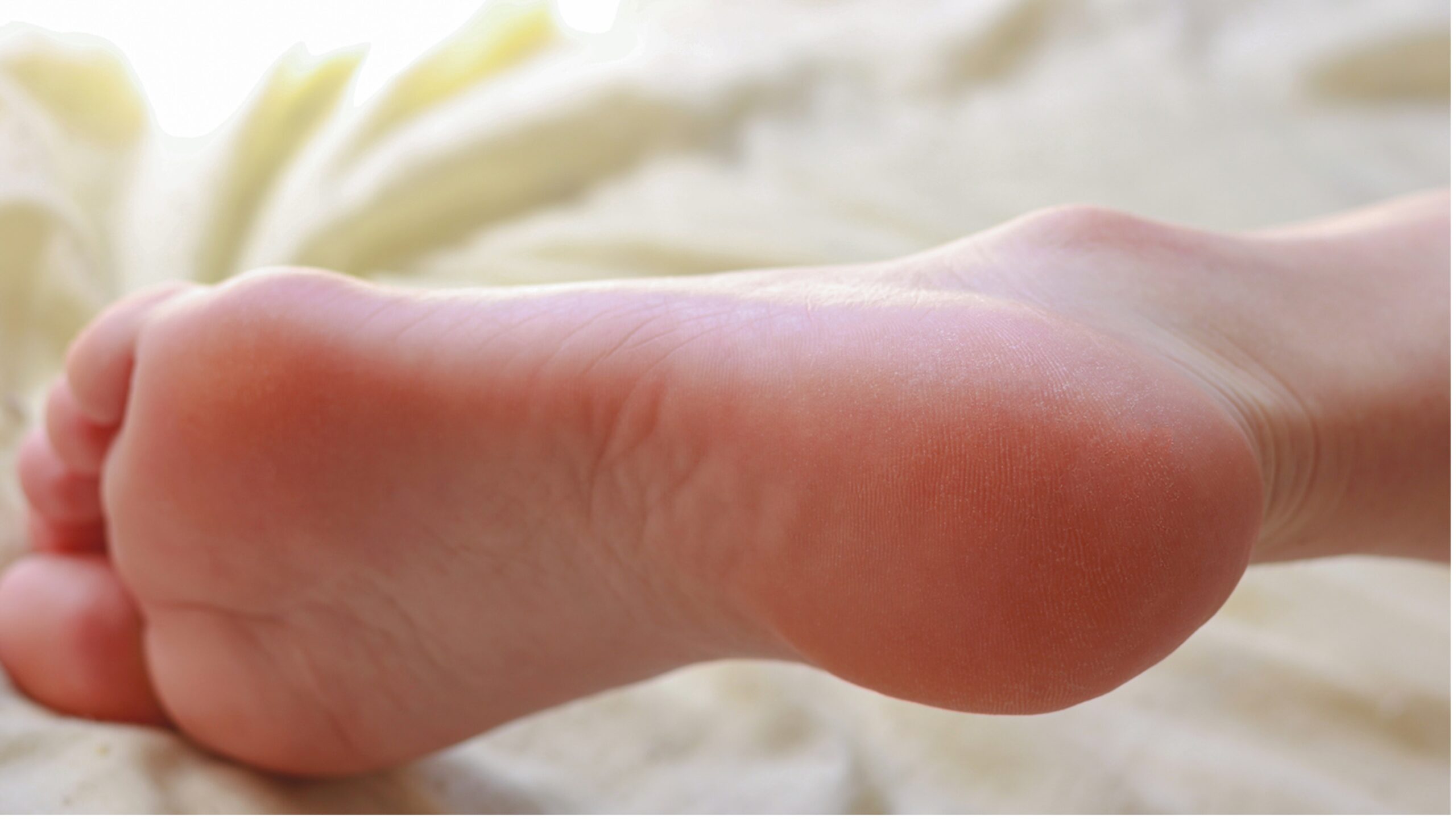Topic One: The Normal Foot

The Normal foot
The healthy foot is low risk of diabetic foot disease and should be managed preventively through annual screening, regular foot inspections/examinations and education supervised by specialists as part of the multidisciplinary team (Edmonds & Foster, 2014).
The diagnosis of this stage is made by determining that the foot does not have any of the following risk factors:
- Neuropathy
- Ischaemia
- Deformity
- Callus
- Swelling
Patients have a low risk of ulceration/no skin break down with normal foot pulses.
Management
Patients are managed preventatively through screening and regular foot examinations and education.
Multidisciplinary management at Stage 1 includes:
- Mechanical control
- Metabolic control
- Educational control
Mechanical control
Correct footwear - Effective therapeutic footwear can play a significant role in the primary and secondary prevention of DFU (McIntosh & Halford, 2014). Shoes that are the wrong size or style can cause deformity and callus; this can lead to permanent damage to the feet. Shoes should be examined for wear and tear and foreign objects, such as small stones, glass fragments, drawing pins, and pet hairs, that may traumatise the foot (NICE, 2004).
Minor foot problems - Patients at stage 1 will be prone to common foot problems and will require foot care. These patients should be screened on an annual basis for the presence of neuropathy, ischaemia, deformity, plantar callus and oedema (NICE, 2016).
Metabolic control
The major risk factors for all complications of diabetes (including diabetic foot complications) are:
- Hyperglycaemia
- Hypertension
- Hyperlipidaemia
- Smoking
It is, therefore, important that these risk factors are controlled to prevent the onset of complications (McIntosh & Newton, 2006).
Educational control
Patient information and education should provide clear explanations and be a part of the individual’s treatment plan. Information should be given in both an oral and written format.
NICE (2016) recommendations include the following:
- A clear explanation of the person’s foot problem
- Pictures of diabetic foot problems
- Care of the other foot and leg
- Foot emergencies and who to contact
- Footwear advice
- Wound care
- Information about diabetes and the importance of blood glucose control
Both mechanical and metabolic control will require cooperation from the patient. The practitioner will be required to educate the individual about how to manage their diabetes and behaviour to prevent future complications (FDUK, 2011).
Education should be adapted to make it relevant for patients of varying ages, backgrounds and cultures (Edmonds & Foster, 2014).
Prevention of foot problems
- Feet should be washed daily and dried carefully
- They should be inspected for any red or swelling and cracked or broken skin
- Toenails should be cut straight across
- Socks should be changed daily and not wrinkled
- Shoes should be well fitting and checked before wearing for foreign bodies
- New shoes should be properly fitted, and feet should be checked for signs of rubbing
- Patients should not wear sandals or go barefoot
- Patients with poor vision will need to enlist help to carry out the above
- Smoking cessation should be encouraged
NICE (2016) recommends, on the diagnosis of type 2 diabetes and at annual review thereafter, to examine the patient’s feet and lower legs to detect risk factors including:
- Neuropathy (use a 10g monofilament as part of a foot sensory examination)
- Limb ischaemia (see the NICE guideline on lower limb peripheral arterial disease)
- Ulceration
- Callus
- Infection and/or inflammation
- Deformity
- Gangrene
- Charcot arthropathy